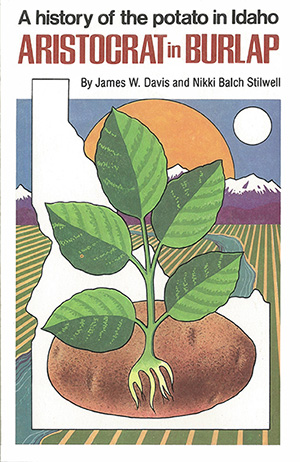The impact of potato processing on the Idaho industry stimulated rapid expansion in the growing sector. Desert land was reclaimed in huge projects, and growers found processor contracts available which provided a hedge and guaranteed them a market for their crops.
Since the processors wanted to operate their plants 12 months a year, if possible, the need to store mountainous quantities of raw potatoes became obvious. The University Of Idaho College Of Agriculture had done extensive research on storing potatoes at the Aberdeen station under the direction of Professor Walter Sparks. The technology was in great demand and proved to be expandable to the football-field sized storage buildings that growers and processors built on many farms and plant sites throughout the growing area.
Growers also found it necessary to follow the latest in scientific cultural practices to meet the specifications of the processing industry. Agronomists from processor raw-product departments worked with growers on an almost daily basis to ensure the quantity and quality of the harvest.
The popularity of frozen potato products grew quickly and recently when it appeared that the peak had been reached, processors introduced a variety of new items. Typical of them are preformed frozen hash browns, curly fries, frozen mashed potatoes, and seasoned fries.
There was also a number of purely dehydration plants built. They dried spuds to produce instant mashed potato granules, flakes, and variations of dehydrated diced potatoes for soups, stews, au gratin, hash browns, and similar products. These plants were located primarily in areas that grew and packed for the fresh potato market because the smaller tubers and those with knobs or irregular shapes that could not be included in fresh pack containers, made highly acceptable raw product for the dehydrators who bought this processor grade from fresh shippers.
In the late 1970s and early 1980s, the dehydration industry saw a large, new market develop for dehydrated potato flakes to be used in the production of snack foods. Procter &Gamble introduced Pringles, a formed potato chip made from potato flakes. Suddenly flakes were in demand for a variety of flavored chips and similar snacks that the American public readily adopted. The flake-production capacity in Idaho was multiplied in a short span of time.

